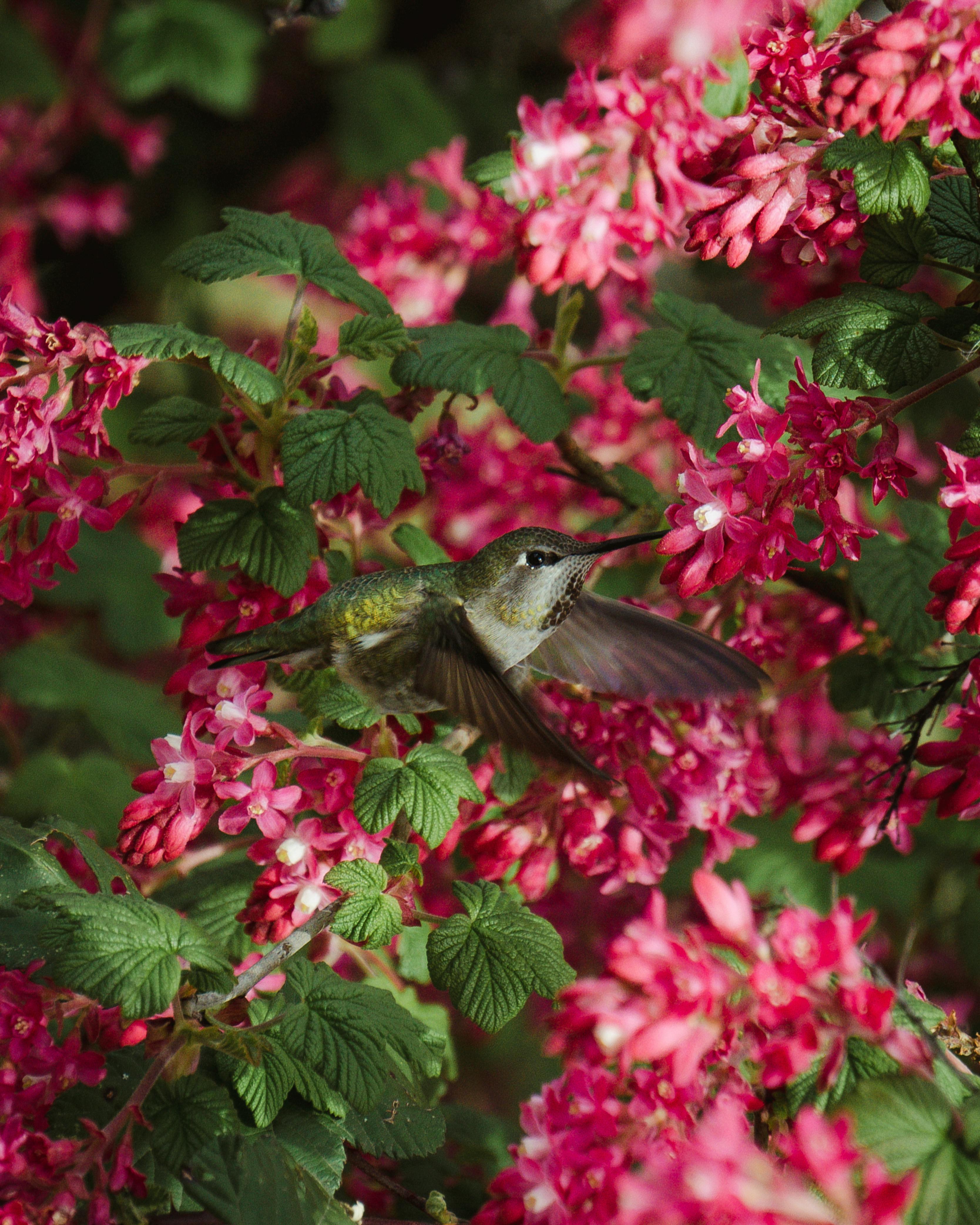Smart Ways to Optimize Your Dwarf Hamster Cage for 2025 Success
For hamster enthusiasts and potential owners alike, ensuring your dwarf hamster cage is optimized for a happy and healthy pet is paramount. In 2025, as we strive for innovative hamster care methods, your hamster habitat can be both functional and engaging. This guide will provide insightful tips on setting up a cozy and enriching hamster enclosure and highlight essential hamster accessories to enhance your small pet's lifestyle.
Choosing the Right Cage for Your Dwarf Hamster
The foundation of good hamster care begins with selecting the perfect cage for dwarf hamsters. A suitable cage should be spacious enough to allow your pet to roam, explore, and play. Opting for a well-ventilated and safe enclosure not only promotes better hamster health but also reduces potential health risks. Ensure that your selected hamster environment meets the dwarf hamster requirements. For example, a multi-level hamster cage can provide opportunities for vertical exploration, mimicking a hamster's natural habitat.
Optimum Cage Size and Layout
As you contemplate the optimum size for your dwarf hamster cage, aim for at least 24” x 12” for a single hamster. This allows adequate room for your hamster tunnel and other enrichments without overcrowding the space. Additionally, incorporating different zones in your hamster habitat can encourage exploration and prevent boredom. Consider including a cozy hamster hideout in one corner for sleep and a dedicated hamster play area filled with engaging toys like chew toys for hamsters and a silent hamster wheel for exercise. A clean design can foster an enjoyable environment for both you and your furry friend.
Safety Features and Ventilation
Your hamster's safety should be your top priority. Choosing an escape-proof hamster cage with secure latches is critical, and prevention is the best strategy. Furthermore, ensure that the cage has sufficient ventilation to promote air circulation. Poor airflow can result in higher humidity levels, which can be detrimental to your pet's health. As you design your hamster habitat, also consider the placement of hamster bedding. Utilizing absorbent, non-toxic bedding options can enhance comfort and hygiene within the enclosure.
Essential Hamster Accessories for Engagement
Once you have a properly sized hamster enclosure, it's vital to stock it with the right hamster accessories that not only enrich your hamster's life but also promote mental and physical stimulation. Accessories should consider your pet’s natural instincts and encourage interaction.
Fun and Functional Accessories
Including a variety of accessories in your dwarf hamster cage can lead to a more fulfilling lifestyle. The hamster wheel is essential, as regular exercise is key to weight control and overall wellness. Pairing the wheel with an interactive hamster playground can also encourage your dwarf hamster to engage in playtime. Additionally, providing a variety of dwarf hamster toys, such as climbing structures and chewable materials, can offer mental stimulation to prevent boredom.
Feeding and Watering Considerations
Don't forget to include a designated hamster food dish and a reliable water bottle for hamsters. Make sure the food dish is sturdy and accessible. Your hamster needs open access to fresh water, which contributes to their overall hydration and health. A frequent check on both food and water supplies can keep your hamster energized and content throughout the day. Remember that proper hamster diet is fundamental for vitality and longevity.
Creating a Comfortable Environment
A well-set-up hamster habitat should mimic the natural conditions that a dwarf hamster would encounter in the wild. When considering the décor and layout of your hamster enclosure, focus on comfort and mental engagement.
Choosing the Right Bedding Options
The right choices for bedding options for hamsters are essential for creating a cozy environment. Aspen shavings and paper-based bedding are popular choices that absorb moisture and are safe for your dwarf hamster. Avoid cedar or pine shavings, as they can have detrimental health effects. Consider changing the bedding regularly to maintain sanitary conditions, helping prevent common hamster diseases.
Environmental Enrichment Techniques
Incorporating hamster-friendly plants around the cage can create a more naturally stimulating atmosphere. Additionally, you can set up different sections using small accessories like tunnels or bridges to encourage your hamster to explore. Creating an enriching atmosphere not only impacts your hamster's lifestyle positively but also fosters their unique behavior patterns.
Routine Maintenance and Care Tips
Ongoing maintenance of your dwarf hamster cage is vital for your pet’s health and happiness. Keeping a regular cleaning schedule ensures your hamster mice is both safe and comfortable. Utilize the following strategies for effective hamster cage cleaning and care.
Cleaning Scheduled and Best Practices
For optimal health, clean your spacious hamster habitat on a weekly basis. Remove uneaten food, waste, and soiled bedding promptly. Use mild, animal-safe cleaning supplies to scrub down the cage thoroughly. A clean environment prevents poor odor control and reduces the risk of causing stress in your pet. Regular spot cleaning can aid in maintaining cleanliness more conveniently.
Monitoring Your Hamster’s Well-being
Observing your hamster’s behavior regularly helps determine health and comfort. Signs of a healthy hamster include clear eyes, a well-groomed coat, and active behavior during the day. Be vigilant in observing changes in activity levels, eating patterns, or social interaction; these might indicate a need for medical attention. Understanding your dwarf hamster behavior aids in ensuring a happy and engaged pet.
Key Takeaways
- Select the right size and type for your dwarf hamster cage, preferably a spacious and multi-level setup.
- Incorporate essential hamster accessories that promote safe exploration, such as tunnels, toys, and exercise wheels.
- Maintain a clean environment by monitoring food and bedding and adhering to cleaning schedules.
- Feature functional decorations and hideouts that encourage mental and physical activity.
- Observe your hamster’s health and behavior for signs of happiness or distress.
FAQ
1. What are the best bedding options for hamsters?
Choosing safe and absorbent bedding such as aspen shavings or paper-based products is crucial for your hamster's health. Avoid cedar or pine wood shavings as they can be harmful to your pet. Regularly replace bedding to ensure cleanliness and comfort.
2. How much space does a dwarf hamster need?
Your dwarf hamster should ideally have a living space of at least 24” x 12”. This provides plenty of room for running, climbing, and exploring. The more space available, the happier your hamster will be.
3. What are signs that my hamster is unhealthy?
Signs of a sick hamster include lethargy, unusual aggression, and inconsistent eating habits. A healthy hamster will have bright eyes, a clean coat, and an active demeanor. If you detect any drastic changes, consult a veterinarian.
4. How often should I clean my hamster’s cage?
A weekly cleaning is recommended to maintain optimal hygiene. More frequent spot cleaning can keep the enclosure fresh and ensure waste is removed promptly, contributing to a happy environment for your pet.
5. What toys are safe and beneficial for hamsters?
Interactive toys such as chew toys, tunnels, and exercise wheels help enrich your hamster's environment. Make sure they are made from safe materials and can withstand chewing to ensure the safety and longevity of the toys.


